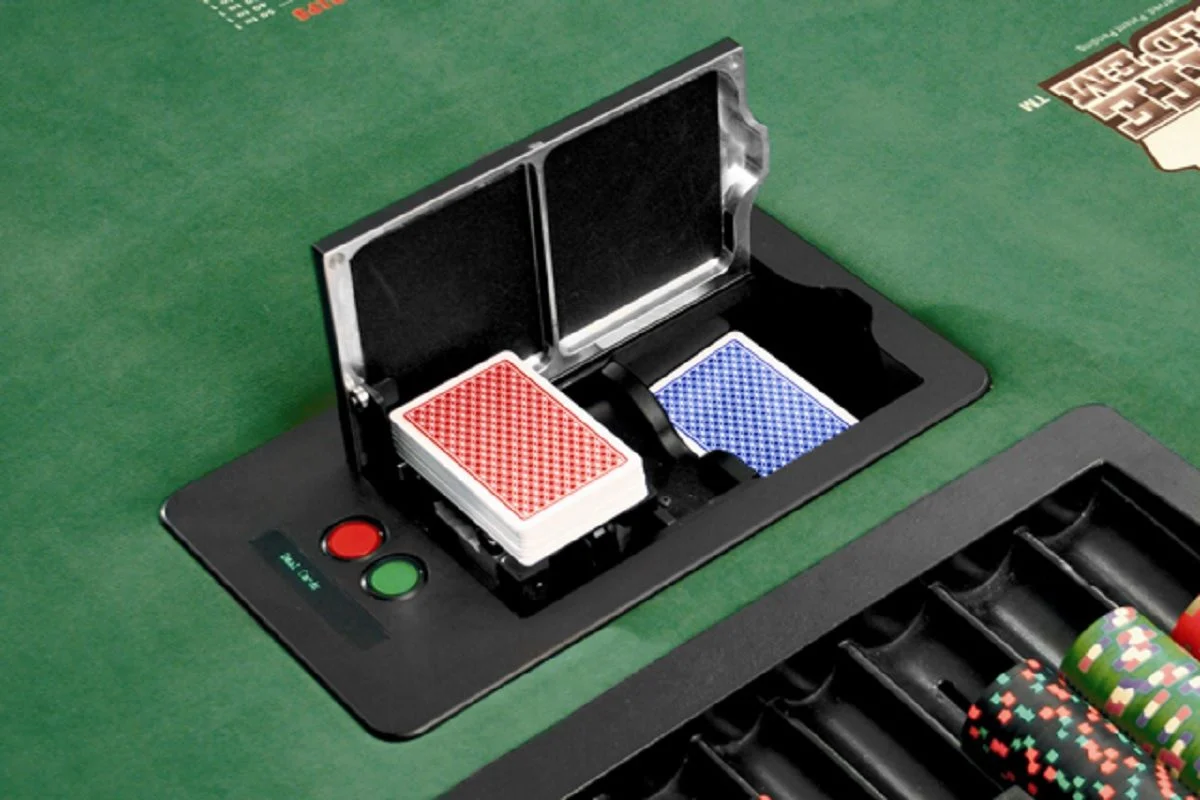Understanding Deck Penetration in Blackjack: What It Means and Why It Matters
Deck penetration is a critical concept for blackjack players, especially those who use card counting strategies. It refers to the proportion of cards dealt from the shoe before a shuffle occurs, typically indicated by the position of the cut card. The deeper the cut card is placed, allowing more cards to be dealt before a shuffle, the higher the deck penetration. For card counters, greater deck penetration translates directly into greater opportunities to exploit favorable situations against the house.
The Impact of Deck Penetration for Card Counters and Regular Players
For casual players who are not attempting to count cards, the level of deck penetration has minimal impact on gameplay or the inherent casino advantage. However, for those using card counting systems, deck penetration becomes one of the most influential factors-second only to payout ratios like the coveted 3 to 2 blackjack pay rather than the less favorable 6 to 5.
A table with more cards dealt between shuffles gives advanced players more information to work with. For example, a double-deck game that only removes half a deck with the cut card is far more attractive to a card counter-even if the dealer hits a soft 17-than a game with more “conservative” rules but a full deck being cut off. Subtle differences in penetration can compensate for less optimal rule sets, making certain blackjack games more “beatable” for skilled players.
How Casinos Approach Deck Penetration
Over time, casinos have tightened many player-favorable rules, but deck penetration has not universally suffered. In some cases, deck penetration at Las Vegas casinos has even improved compared to decades past, with dealers at both downtown and Strip locations sometimes dealing out up to 75% of cards in double-deck games or all but a single deck in a six-deck shoe. Despite the presence of notches in shoes to guide cut card placement, individual dealers and casino policies can result in deeper penetration than expected.
Balancing Casino Profits and Game Security
The decision by casinos to allow deeper deck penetration is primarily motivated by economic factors, not player generosity. Every extra shuffle means fewer hands dealt per hour, which can result in considerably less revenue across hundreds of tables over days, weeks, and months.
Manual shuffling-especially with six-deck shoes-can take over a minute each time, reducing the overall volume of play. Even though automated shuffle machines have grown more prevalent and reduce lost time, they also introduce costs for purchase and maintenance. Continuous shuffling machines, which mix the cards constantly, are often met with player resistance and can also present logistical and financial drawbacks for gaming establishments.

Casinos must weigh the risk of card counters against the significant profits generated by keeping the cut card deeper and reducing downtime. Industry experts have long pointed out that the minor risks posed by card counters do not outweigh the lost revenue caused by excessive shuffling or poorly placed cut cards, especially as surveillance and counter-detection techniques evolve.
Why Deck Penetration Is Essential in Card Counting
For players using card counting systems, deck penetration significantly affects the ability to gain an advantage over the house. The basic goal is to identify situations where the makeup of the remaining undealt cards shifts the mathematical odds in the player’s favor. The “true count” is a key figure here, calculated by dividing the running count by the number of decks left to be dealt.
The certainty of this true count increases as more cards are dealt from the shoe. For example, if only 25 to 30 cards remain in a double-deck game and the true count is strongly positive, a card counter has more confidence that the edge is significant. However, if too many high cards remain behind the cut card, that potential advantage is lost to the shuffle.
When more cards are dealt before a shuffle, wild swings in the true count become more frequent, creating more opportunities to make larger bets. As demonstrated in blackjack analytics, dealing one less deck out of a six-deck game (i.e., cutting off two decks instead of one) can almost double the occasions when the true count reaches highly favorable situations, such as +4 or even +6.
Leveraging Deep Penetration for Maximum Gain
Greater deck penetration grants card counters more chances to make the most of positive counts by increasing bet sizes and employing tactical plays. This means more occurrences where players can utilize strategy variations, such as the "Illustrious 18," to improve their odds. Enhanced penetration also opens opportunities for “Wonging”-entering the game only when the shoe becomes favorable-and for longer, more effective playing sessions.
Deeper penetration facilitates:
- The ability to keep betting spreads reasonable, which helps avoid detection.
- Greater opportunity for team play tactics and sitting out of highly negative counts while blending in as a normal patron.
- Increased hands dealt between shuffles, improving profit potential and cover options, such as natural breaks for phone or restroom use.

Image credit: 888casino
Players working as a team or using advanced index plays can adjust their approach to extract even more value, provided the penetration remains deep.
Deeper Penetration: A Genuine Advantage or a Hidden Trap?
While it appears that increased deck penetration provides one of the few remaining edges to skilled blackjack counters, it also comes with risks. Casinos have enhanced their ability to detect card counters and bar them from play. A player suddenly ramping bets in response to the true count in a generous penetration game is likely to attract attention.
Thus, while favorable penetration presents a significant opportunity, the key to long-term success is to disguise skillful play and avoid detection. Exercising discretion and avoiding conspicuous betting patterns are critical, as improved surveillance and counter-identification mean that the casino's tolerance for advantage play is lower than ever.
Image credit: Dusan Kipic via Unsplash













